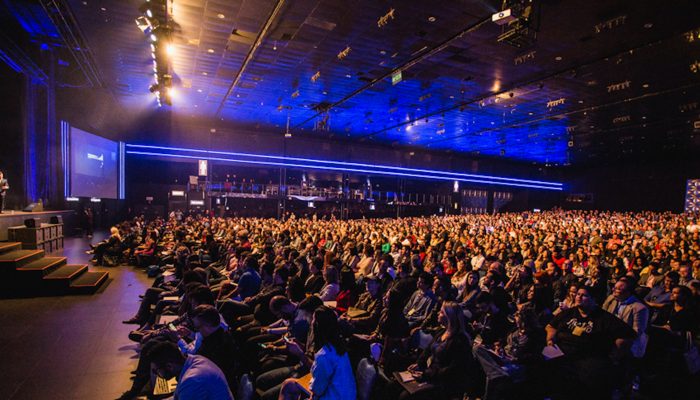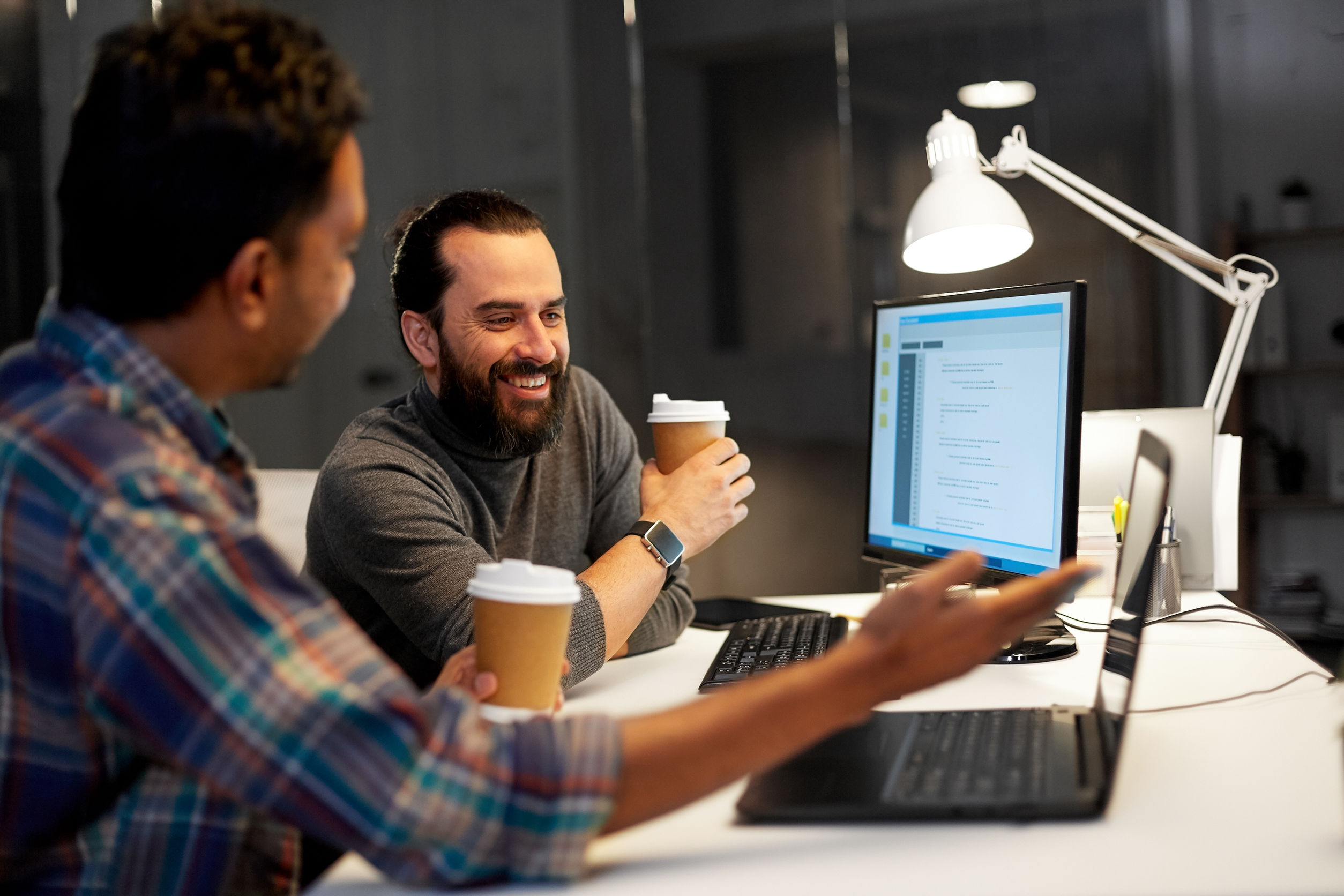Whether they’re promoting their own products or looking to the latest technologies they’ll need to support, enterprise tech marketers set their own schedules to Microsoft’s calendar of big shows.
Now those shows are going virtual for the foreseeable future. And when it comes to reaching buyers, that means new challenges and opportunities.
Microsoft has already announced that all its first-person events will be digital only until at least July 2021. The company will debut its new virtual conference model at next week’s Build developer conference, and it will continue the streak with July’s Inspire partner conference, Microsoft Ignite in September, and many more.
So how will social distancing shape marketing content at Redmond’s big shows?
To be sure, canceling physical contact between buyers and brands disrupts many traditional marketing avenues including the chance to showcase products to a packed crowd and to connect with customers at booths, in hallways and over meals.
However, it also opens up new ways imaginative vendors can get their content in front of the people who need to see it.
A global event
Microsoft Build’s “48-hour digital experience” — and the rest of the company’s fiscal 2020 shows — won’t allow hundreds of professionals to gather in one physical space — but in exchange, it levels the playing field for real-time access to relevant customers around the world.
Key buyers will be following the agenda in their own time, whether that’s synchronously from local time zones or asynchronously by browsing or binge-watching.
Instead of jockeying for attention from physical show-goers hurrying off to big events, smart marketers can find new ways to attach their messaging to those events as virtual attendees consume them from home offices.
A social hour in every home
At traditional shows, organizing social events is a great opportunity to command attention and build connections — but it’s also a major undertaking with a significant downside.
What if you throw a party and no one comes? You’ve staked a lot on generating enough buzz to lure key customers from the conference hall to your event. And a social bust is a pricy proposition.
This year, commit marketing budget and imagination to the possibilities of virtual hangouts, where people around the world and around the clock can join your party with a click.
The implications are big, and there are trade-offs: While the barrier to entry is lower when your attendees are traveling by browser instead of Uber, the payoff must also be quicker and more tangible.
If they’re not milling around while sampling your hors d’oeuvres, what’s going to keep your virtual guests engaged?
Quality time with customers
Besides hosting big social events, marketers are hustling at traditional shows to engage one-on-one with as many buyers as possible: at booths, in hallways, in line for their morning coffee … The list goes on.
Just like virtual parties extend your window of opportunity but demand a fresh value proposition, a digital trade show gives you the chance to structure face time (virtually) with far more customers than you could pack into a typical show schedule.
It also creates new opportunities to associate your branding with those encounters. Consider innovative ways of differentiating your meetings — you won’t be handing out merch at a booth, but you can provide significant value-adds to guests who connect with you.
Instead of pushing your brand to passersby, focus on marketing that pulls digital attendees into your orbit.
Nobody said a pandemic would be easy, and Microsoft’s digital reboot of its conferences is a real challenge. But it also marks a substantial opportunity to shake off old habits (and marketing cost centers) and consider new ways to bring your message to the people who need to hear it.








